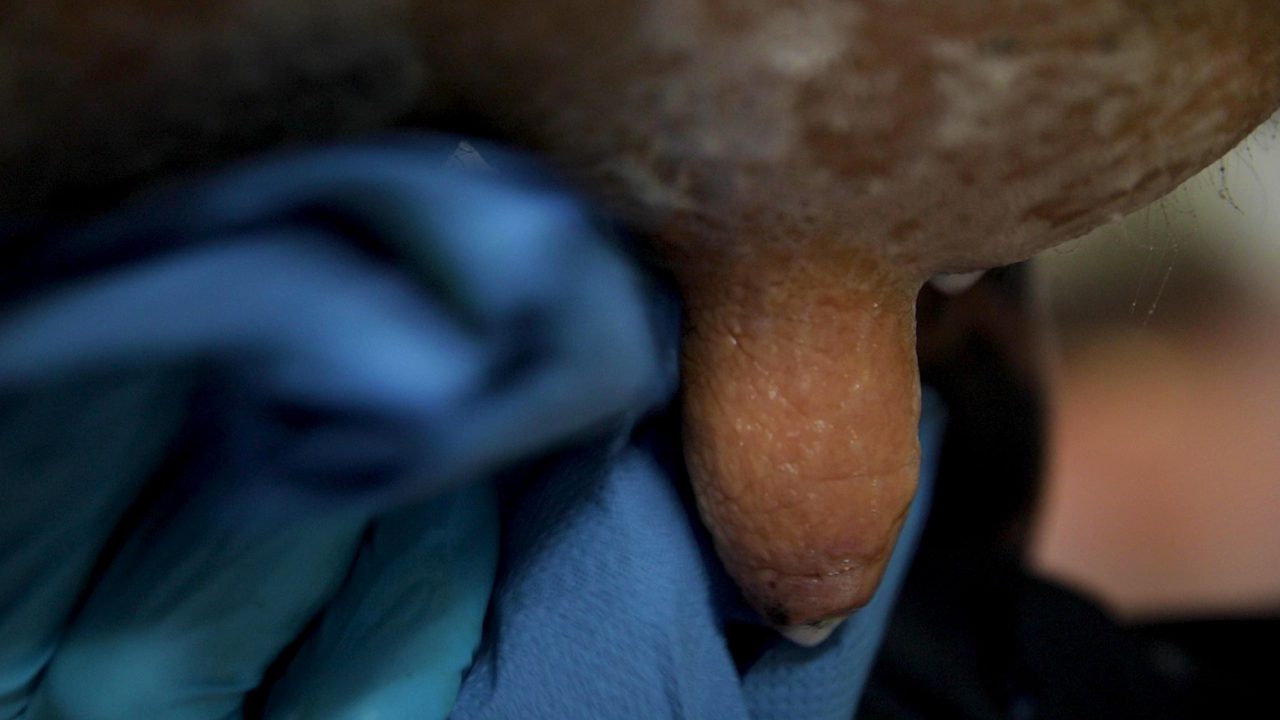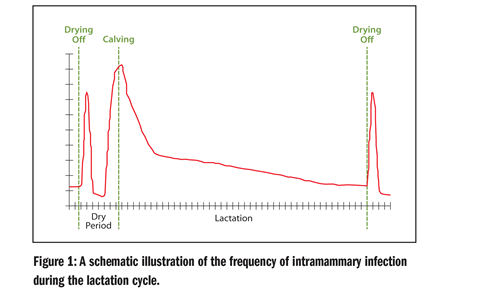The dry period is critical to the cow’s health and performance during the subsequent lactation. With increasing herd sizes, the pressure to increase output while still maintaining milk quality is a constant challenge for dairy farmers.
The risk of intramammary infection is at its highest at drying off and around calving and the first days of lactation, making dry cow management fundamental to any on-farm mastitis control programme.
Internal Teat Sealants: Preventing intramammary infection
Internal teat sealants, such as Sureseal® from Norbrook, contain bismuth subnitrate and mimic the action of the natural keratin plug in preventing infection of the teat canal.
Modern dairy systems mean that the keratin plug is often slow to form or incomplete. Studies show that in high-yielding cows, up to 23% of teats will have an incomplete keratin plug 42 days post dry-off¹.
Sureseal® provides a physical seal between the udder and the environment, thus preventing bacteria entering the mammary gland via the teat canal. Infections picked up during the dry period can manifest as clinical mastitis in the days immediately around calving or the first weeks of lactation.
SDCT and the changing approach to antibiotic treatments
The use of teat seal in dry cows prevents new intramammary infection during the dry period but does not treat those with low-level infection or sub-clinical mastitis.
In recent years, the industry has been moving towards a new approach, selective dry cow therapy (SDCT), where individual cows are given antibiotic treatment where needed, rather than a whole herd approach.
When deciding which cows need treatment, farmers and vets should consider the individual cow’s history including somatic cell count (SCC) and any previous cases of clinical mastitis.
The overall cell count of the herd and the presence of specific pathogens will also help to determine the correct approach. Where treatment is necessary, vets can advise on the antibiotic tube with the right spectrum and duration of activity for your farm.
Studies have shown that use of a teat seal in conjunction with dry cow antibiotic therapy significantly reduces the risk for acquiring a new intramammary infection in the period between drying off and the first three days of lactation.
It also significantly reduces the risk of experiencing a case of clinical mastitis between drying-off and the first 60 days in milk².
Proper administration of teat seal is critically important
Preparation of the teats and overall parlour and operator hygiene are of paramount importance.
Hygiene is critically important to prevent the introduction of bacteria to the teat, that could lead to an acute infection/mastitis in the days after drying off. Proper teat preparation, particularly cleaning and disinfection, should be carried out prior to the infusion of any intramammary product.
Internal teat sealants are administered differently to dry cow antibiotic tubes. The antibiotic dry cow is massaged into the udder after administration, but internal teat sealants are designed to reside in the teat canal for the duration of the dry period.
For administration of the teat seal, the teat should be pinched at the base so as to ensure the seal remains in the teat canal where it is required. SureSeal® from Norbrook has a safety nozzle to aid its administration.
The safety nozzle avoids overinsertion of the tube and thus helps with proper placement of the seal in the teat canal. Also by using the shorter nozzle there is less trauma to the lining of the teat canal.
Further information
Always speak to your vet about drying off procedures that are right for your farm. For more information about Sureseal®, read the product SPC or visit: www.norbrook.com.
References
- Dingwell et al 2003;
- Bradley et al 2004.


